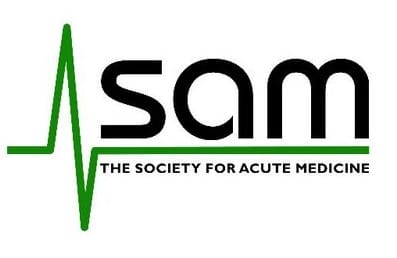The latest NHS performance data released today (11 April) shows, among other things:
*74.4% of patients were seen within four hours in all A&E departments in March 2024. This compares with 71.3% in February 2024 and 71.5% in March 2023.
*There were 140,181 four-hour delays from decision to admit to admission in March. Of these, 42,968 were delayed over 12 hours (from decision to admit to admission). This equates to 1,386 decision to admit delays over 12 hours per day, an increase of 8.3% (106 patients) from March 2023.
*The number of referral to treatment (RTT) pathways where a patient was waiting to start treatment at the end of February 2024 was 7.5 million. Among the 7.5 million, in 305,050 cases the patient was waiting more than 52 weeks, in 75,004 cases they were waiting more than 65 weeks, in 9,969 cases they were
waiting more than 78 weeks and in 252 cases they were waiting more than 104 weeks. In 57.6% of cases the patient had been waiting up to 18 weeks.
*The total number of patients waiting six weeks or more from referral for one of the 15 key diagnostic tests at the end of February 2024 was 334,900. This was 20.8% of the total number of patients waiting at the end of the month against the operational standard of less than 1% of patients waiting six weeks or more.
In response, Dr Tim Cooksley, immediate past president of the Society for Acute Medicine, said: “With a sense of tragic inevitability and predictability, the headline target of hitting 76% four-hour performance has been missed.
“This is despite a range of short-term incentives and initiatives implemented with a desperate hope of hitting this unambitious metric. Crucially this has focused on less urgent cases with the sickest and most vulnerable patients waiting longer which is clinically illogical.
“This is scant reward for exhausted staff desperately striving to provide reasonable standards of care for patients. It will also further decrease patient confidence as they continue to witness and experience poor standards of care.
“This data starkly illustrates the reality for politicians imminently writing election manifestos. There is a binary choice: significant investment with sustainable plans for increasing capacity or continuing to preside over an NHS urgent and emergency care that is permeated with degrading corridor care and causes harm and unnecessary deaths.
“It is as simple as that: there are no easy short-term fixes.”
